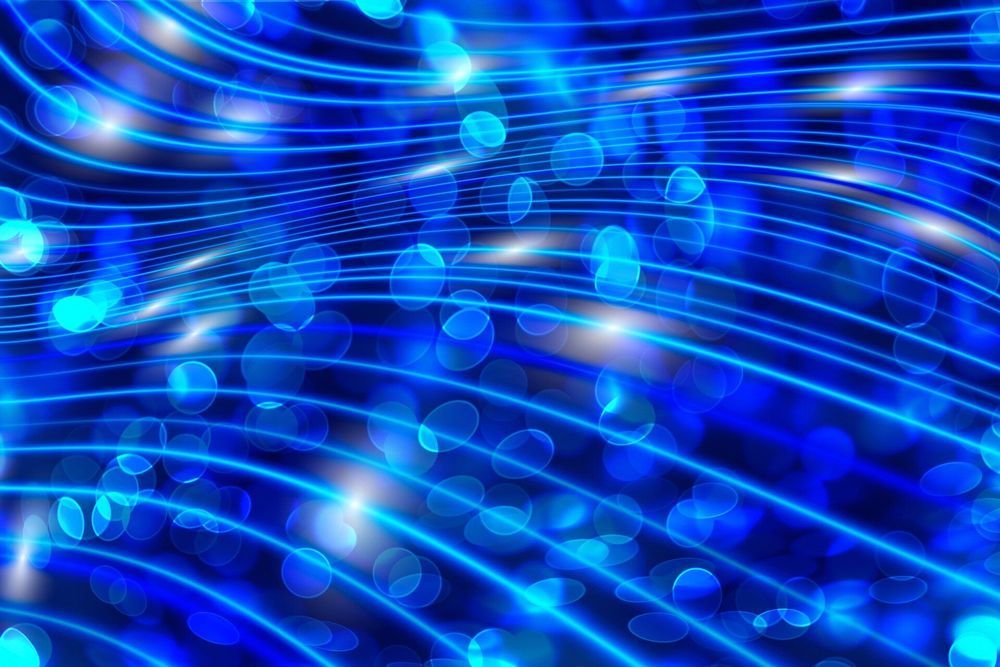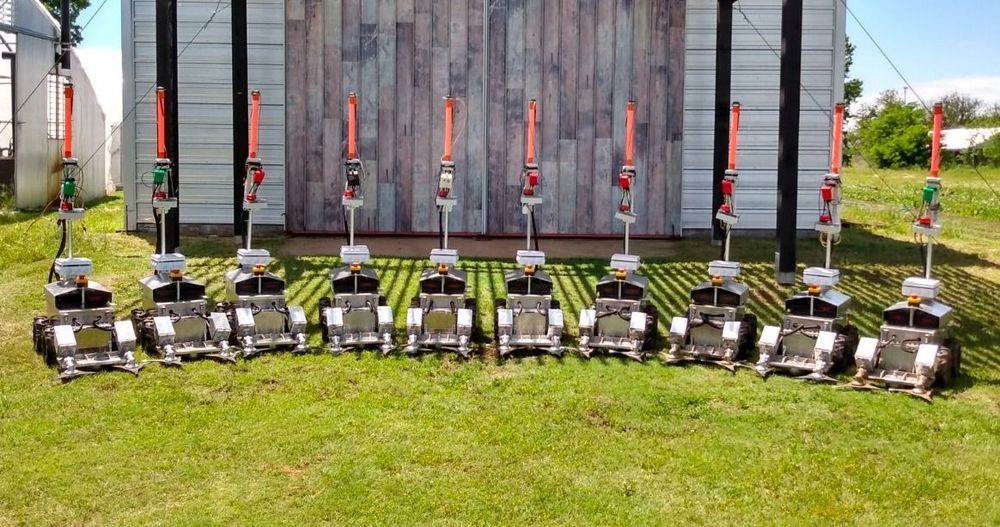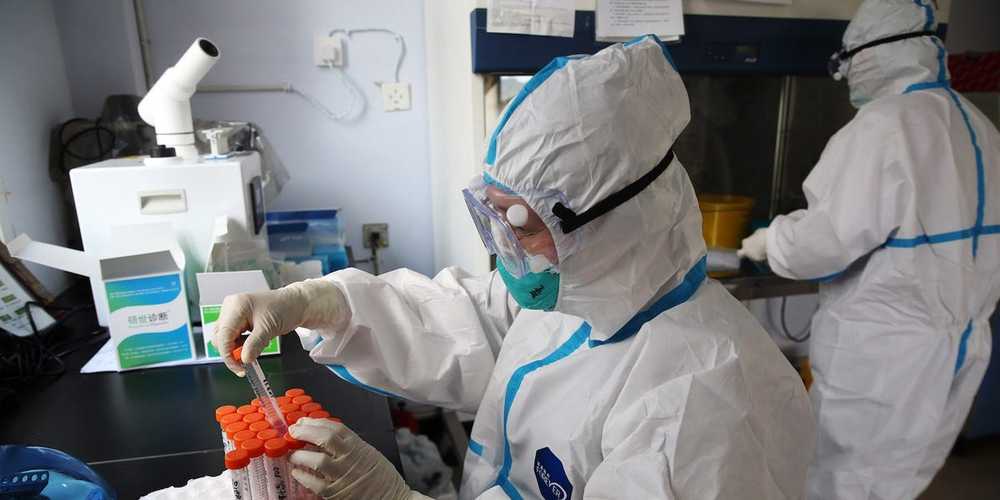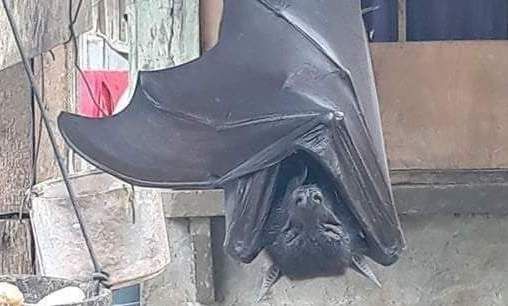An international team led by physicists from the Ludwig-Maximilians Universitaet (LMU) in Munich realized a novel genuine time-dependent topological system with ultracold atoms in periodically-driven optical honeycomb lattices.
Topological phases of matter have attracted a lot of interest due to their unique electronic properties that often result in exotic surface or boundary modes, whose existence is rooted in the non-trivial topological properties of the underlying system. In particular, the robustness of these properties makes them interesting for applications.
Periodic driving has emerged as an important technique to emulate the physics of undriven topological solid-state systems. The properties of driven topological systems, however, transcend those of their static counterparts. Using a BEC of 39K loaded into a periodically-modulated optical honeycomb lattice, we could generate such a time-dependent topological system.







